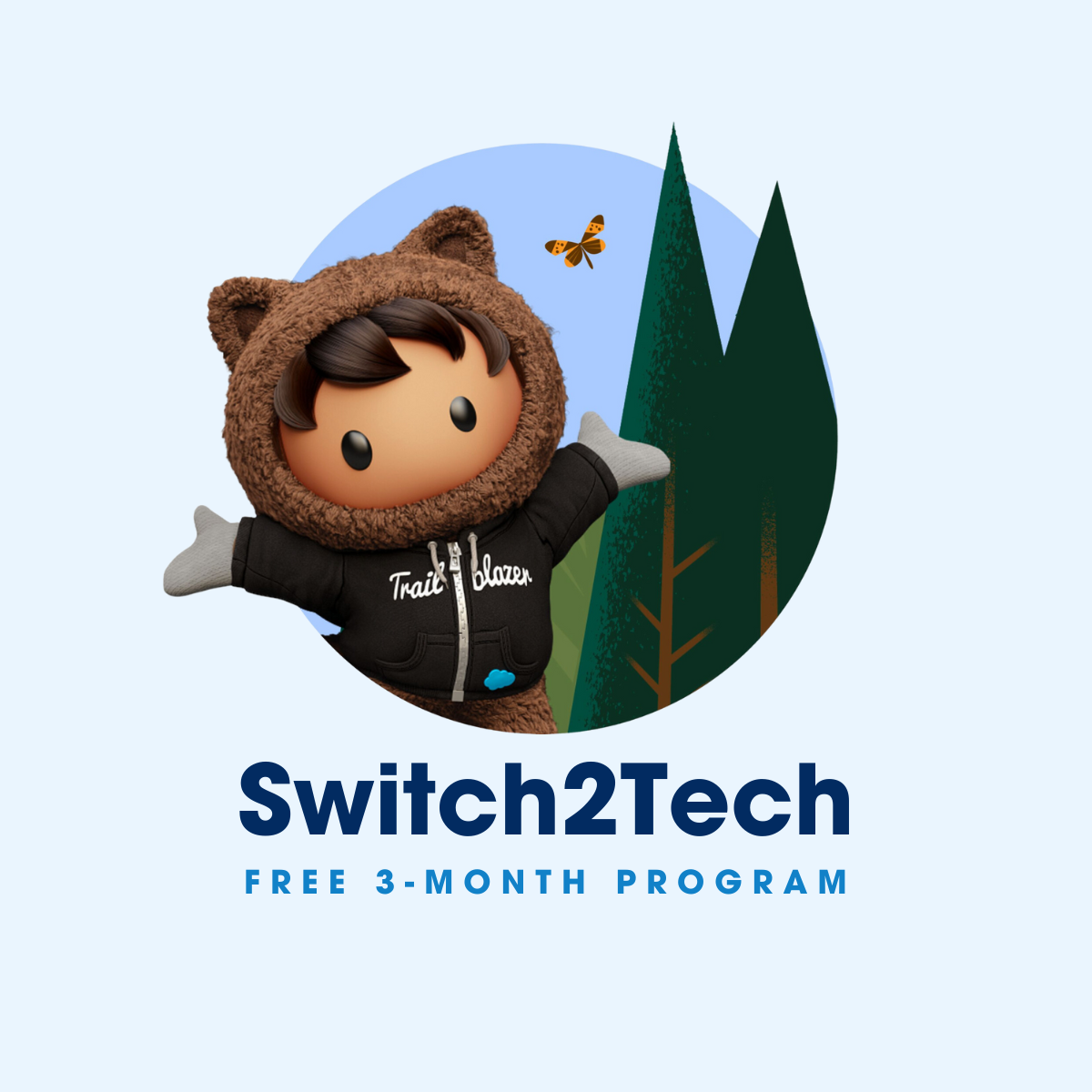






Advanced trends in the development of innovative applications
The exponential evolution in the development of applications makes it possible to create management solutions for all types of business purposes, beyond the standard CRM and ERP programs. Thanks to this progress, assembling technological solutions fully adapted to the circumstances and needs of each business is a reality. From applications for e-commerce environments to solutions that use virtual reality or augmented reality to test or demonstrate products. Even those that incorporate artificial intelligence to interact with users and provide an excellent user experience.
In this post we will learn a little more about the innovative techniques that are currently used in the development of applications. We will also review agile development methodologies and techniques used to ensure innovative and effective products.
Current techniques in web application development
Among the techniques and functionalities in application development that we will discuss below are those that have been in use for some time. While others of more recent use are part of the trends in this area.
Voice user interface
The increase in voice searches and the evolution of AI devices such as Alexa or Siri are circumstances to be considered by developers. Therefore, it is ideal to move beyond the use of conversational elements such as chatbots in applications and move towards designs that simulate human interaction. For faster and more accurate query and remote command results, it is imperative to incorporate VUI (voice user interfaces) design.
VUIs are interfaces that make it possible to interact with computers and devices using the human voice and receive feedback in the same way. Although it is not a new technology, since it has already been applied to smart homes or vehicles, these systems have taken the user experience to another level by enabling hands-free mode to various devices and equipment.
In practice, VUIs combine AI technologies such as automatic speech recognition, name entity identification, speech synthesis, etc. The back-end infrastructure that includes the AI technologies that integrate VUIs is generally stored in the cloud. There, the processing of the user’s voice, the identification of its intent and the generation of responses to the device or application occur.
Interactive 3D elements: increasingly present in application development
Until recently, videos were the most commonly used option to show different aspects of the product on the web. Now the trend is to have interactive 3D images that we can move on the touch screen of mobile devices and computers. In this way, the user will have the opportunity to see the products of interest in different angles, to better appreciate them. This feature provides an attractive plus to e-commerce pages, as it avoids opening several photos for this purpose or settling for a single view.
Animation and effects in design
Movement and effects provide dynamism to the content, as well as helping to keep the user’s interest in the pages and applications they visit. As an illustration, there are statistics in which a result is superimposed on the rest of the information just by touching it on the screen.
Similarly, we have pages and applications where we scroll and notice that the background moves at a different speed than the content. In the process, a depth effect is generated and we discover elements that we did not see before. This is possible with parallax design, a trend in full effervescence within application design.
Personalization, a trend in the development of applications
Thanks to Big Data, AI and machine learning, we obtain sufficient data on user behavior when interacting with websites and apps. This allows developers to create customizable environments and solutions, adapted to the visitor’s circumstances and interests. This process is feasible in aspects such as:
- The geographic location of the user, which implies offering relevant content based on the place from where he/she connects.
- Content adapted to the user’s preferences and shopping habits. This is what brands like Amazon, YouTube or Spotify are constantly doing.
- Interface design In this particular, it is very useful to provide the user with the possibility of adapting elements such as colors, typography or font size. For a moment, let’s think about Internet users who have a physical condition: being left-handed, having hyperopia, myopia, color blindness, etc. Allowing content to be adapted for their comfort creates a very positive response from users and a higher frequency of interaction.
Agile methodologies for application development
Apart from the tools and platforms required for application development, the approach to task design and execution is paramount. In this particular, within software development, agile methodologies are essential resources for the organization of tasks.

Agile work methodologies originated precisely in the application development environment, during the 90s of the twentieth century. Whether companies from different sectors adopted them to their processes is another matter. What is certain is that after a decade of discussions, a group of software developers launched the Agile Manifesto, which would serve as the basis for the various styles of work organization in this field.
In short, the promoters of Agile questioned the traditional “waterfall” method of project execution, with delivery times of up to three years. In this time, a software developed could become obsolete, because it could not be adapted to the changes experienced in the contracting company during that time.
As we said, there are several agile methodologies that we could already call “classic”. Among them, Scrum, Kanban and Lean Startup.
Scrum
In short, the Scrum methodology is based on incremental development by parts. Therefore, the premise is to act on the fly, dividing the project into partial deliveries or sprints, each with its objective and defined tasks. At the end of each sprint, the team meets with the client to evaluate results and suggest corrections and/or changes. These are to be executed in the next sprint. For this reason, as many sprints as required to obtain a finished product will be carried out.
Kanban
Also known as “visual card”, Kanban proposes a work scheme outlined in three columns titled according to the status of the tasks: Pending, In Process and Executed. This method allows a very efficient planning of tasks, a continuous evaluation of results with visible metrics and a better use of teamwork.
Lean Startup
Proposed by Eric Reis in 2011, Lean Startup is a development methodology that proposes a three-stage iterative cycle:
- Launch of a minimum viable product (MVP).
- Evaluation of user response.
- Learning, during which the results obtained are evaluated and the changes to be introduced in the application are defined in order to restart the cycle.
In this way, we avoid wasting time and resources trying to obtain a final product that does not meet the user’s requirements. And we can achieve a solution with continuous improvements.
Most used technical methodologies for application development
On the other hand, application development also requires methodologies more focused on the technical aspect. We will briefly describe the most commonly used ones at present:
RMM or Relationship Management Methodology
This is the process used in the analysis, design and development of hypermedia applications, being applied in domains with defined objects such as catalogs or traditional databases. This in turn offers a language that allows us to describe the objects of said domain, defined with the help of entities, attributes and associative networks.
OOHDM Object-Oriented Hypermedia Design Method
This model proposes an application development managed through a process composed of four stages or types of design:
- Conceptual Design: As its name indicates, in this phase we identify the concepts implicit in the solution domain. Then we describe them in diagrams that allow us to accurately express the behavior, structure and relationships between such concepts.
- Navigational Design: It is focused on the canonical elements of hypermedia applications: nodes, links, anchors and access structures.
- Abstract Interface Design: In OOHDM, abstract interface design describes the user interface of the hypermedia application.
- Implementation: This is the implementation phase, when the designer defines the information items that are part of the domain. In the same way, he must establish the organization of these items according to the user’s profile and functionality. He must even decide which information should be stored.
UWE-UML Based Web
It is a methodology that uses object-oriented techniques to determine hypermedia applications. UWE proposes an iterative cycle of four stages:
- Requirements analysis
- Concept design
- Navigation design
- Presentation
Ultimately, application development demands from developers knowledge and skills on all the elements involved in the structure of such solutions. At the same time, it also demands updates on trends in key functionalities for the user experience, in particular, design and cutting-edge technologies. Obviously, to take advantage of all this background, work methodologies in line with the magnitude, characteristics and purposes of the project are essential.
If you need to develop innovative applications for your company, at Nuvolar we use methodologies that have proven to be the most effective for this type of projects. Contact us and we will tell you how we have successfully addressed and solved needs like yours, for all types of clients.
About Nuvolar:
We are a digital innovation consulting company dedicated to one unique purpose: helping businesses adopt world-class software solutions on the cloud so they can succeed!








